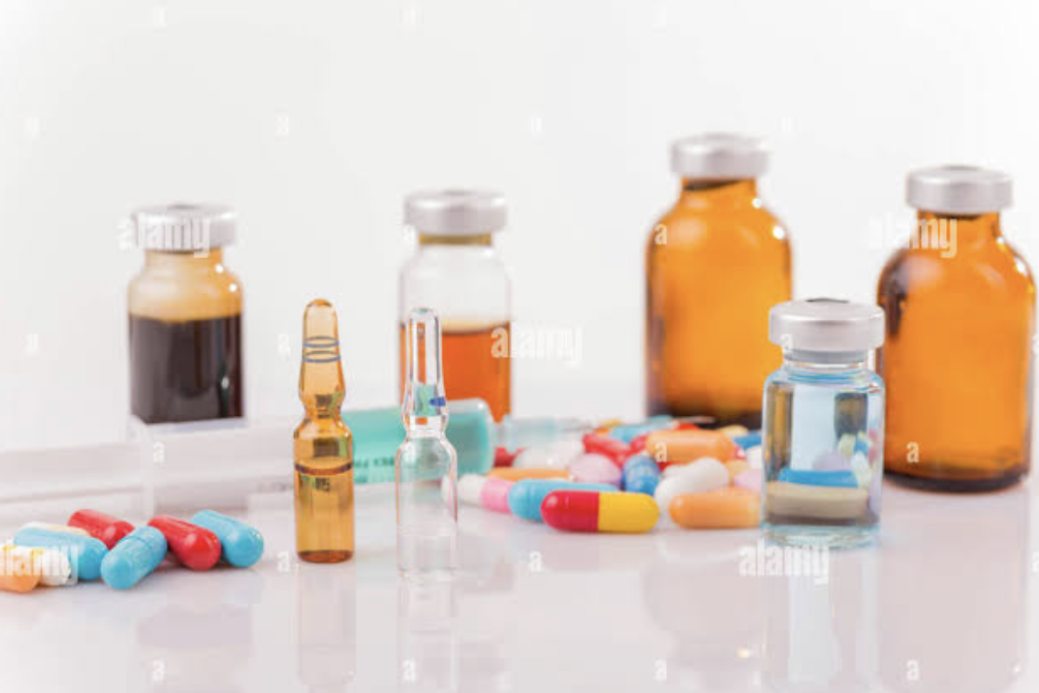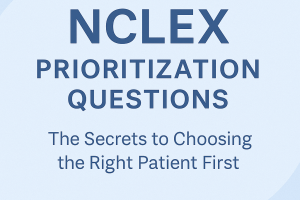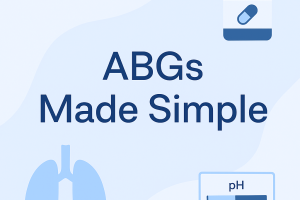MEDICATION SAFETY: UNDERSTANDING ADVERSE REACTIONS AND INTERACTIONS.

Introduction
Medication safety is an essential component of healthcare, especially as medications can lead to adverse reactions and interactions that may impact patient health. For both patients and healthcare providers, understanding these potential risks is key to preventing medication errors, promoting safer practices, and ultimately improving patient outcomes. This blog post will delve into adverse drug reactions (ADRs), drug interactions, and practical ways to manage and prevent these risks in clinical settings.
1. Understanding Adverse Drug Reactions (ADRs)
Adverse drug reactions, or ADRs, are unexpected or harmful reactions to a medication that occur at normal, prescribed doses. They can range from mild side effects like nausea or drowsiness to severe complications, including life-threatening conditions. ADRs are divided into different categories:
• Type A (Augmented): These are predictable reactions based on the drug’s known effects and are often dose-dependent. An example is excessive bleeding from anticoagulants when dosed too high.
• Type B (Bizarre): These reactions are unpredictable, unrelated to the drug’s pharmacological action, and often more serious. An example is an allergic reaction to penicillin.
Factors Influencing ADRs
ADRs can be influenced by multiple factors, including:
• Age: Older adults and very young children are more susceptible to ADRs due to physiological changes and differences in drug metabolism.
• Genetics: Genetic variations can affect how individuals metabolize medications, increasing the risk of ADRs for some patients.
• Polypharmacy: Taking multiple medications simultaneously increases the likelihood of drug interactions and ADRs.
• Underlying Conditions: Conditions such as liver or kidney disease can impair drug metabolism and elimination, increasing the risk of toxicity.
Preventing ADRs
To reduce the risk of ADRs, healthcare providers should perform thorough medication assessments, monitor patients closely, and educate them on possible side effects. Regular reviews of the patient’s medications, known as medication reconciliation, help detect and manage potential risks before they lead to adverse outcomes.
2. Drug Interactions: Types and Risks
Drug interactions occur when one drug affects the activity, effectiveness, or toxicity of another drug. Interactions can happen between prescription medications, over-the-counter drugs, supplements, or even certain foods. Understanding these interactions is essential for safe medication management. Drug interactions are generally classified into three main types:
• Pharmacodynamic Interactions: These occur when two drugs have additive, synergistic, or antagonistic effects on the body. For instance, combining two sedative drugs (like benzodiazepines and opioids) can result in enhanced sedation, posing a risk of respiratory depression.
• Pharmacokinetic Interactions: These involve changes in the absorption, distribution, metabolism, or excretion of drugs. For example, some antibiotics can increase the levels of warfarin in the blood, raising the risk of bleeding.
• Food-Drug Interactions: Certain foods can interfere with medication absorption or metabolism. For instance, grapefruit juice can inhibit enzymes responsible for breaking down many drugs, increasing their concentration and risk of side effects.
Preventing Drug Interactions
Preventing drug interactions involves a few key steps:
1. Thorough Patient Assessment: Healthcare providers should gather comprehensive information about the patient’s current medications, including herbal supplements, to identify potential interactions.
2. Patient Education: Educating patients on potential interactions between medications, foods, and supplements can empower them to take proactive steps.
3. Monitoring: Regular monitoring of patients on interacting medications is crucial for early detection of adverse effects and prompt intervention if needed.
3. Practical Tips for Ensuring Medication Safety
Effective medication safety practices are fundamental for preventing ADRs and interactions. Some best practices include:
• Medication Reconciliation: This is a systematic process of verifying the medications a patient is currently taking to prevent discrepancies during transitions of care, such as hospital discharge. By carefully reconciling medications, healthcare providers can identify potential interactions or ADRs early on.
• Start Low and Go Slow: For older adults or those at higher risk of ADRs, beginning with a lower dose and increasing slowly can minimize adverse effects.
• Encourage Open Communication: Patients should feel comfortable discussing their medications, side effects, and any over-the-counter drugs or supplements they are using. This openness can help providers identify issues and educate patients on safe medication practices.
• Use of Clinical Decision Support Tools: Many healthcare systems use software that flags potential drug interactions or duplicate therapies, helping providers make safer prescribing decisions.
4. Common ADRs and Interactions to Watch For
In everyday practice, some ADRs and interactions are more common than others:
• Antibiotics and Oral Contraceptives: Some antibiotics can reduce the effectiveness of birth control pills, increasing the risk of unintended pregnancy.
• Statins and Grapefruit Juice: Grapefruit juice can increase the level of statins in the bloodstream, leading to muscle damage or liver issues.
• Anticoagulants and NSAIDs: Nonsteroidal anti-inflammatory drugs (NSAIDs) like ibuprofen can increase bleeding risks when combined with anticoagulants like warfarin.
Sample NCLEX-Style Questions
Question 1:
A patient taking warfarin has been prescribed an antibiotic. Which interaction-related complication should the nurse monitor for?
A. Increased risk of infection
B. Increased risk of bleeding
C. Decreased efficacy of the antibiotic
D. Decreased risk of adverse effects
Answer:
B. Increased risk of bleeding. Some antibiotics can increase the effects of warfarin, leading to a higher risk of bleeding.
Question 2:
Which factor is most likely to increase the risk of an adverse drug reaction in an elderly patient?
A. Taking a single medication for a chronic condition
B. Eating a balanced diet
C. Engaging in regular physical activity
D. Taking multiple medications
Answer:
D. Taking multiple medications. Polypharmacy increases the likelihood of adverse drug reactions and drug interactions in older adults.
Question 3:
A nurse is educating a patient about medication safety. Which statement indicates the patient understands how to avoid food-drug interactions?
A. “I can drink grapefruit juice with any medication.”
B. “I should avoid dairy when taking antibiotics like ciprofloxacin.”
C. “I don’t need to worry about food and medications.”
D. “I should take my medications only with caffeinated beverages.”
Answer:
B. “I should avoid dairy when taking antibiotics like ciprofloxacin.” Dairy products can interfere with the absorption of certain antibiotics.
Conclusion
Medication safety is a critical component of patient care, especially when managing complex medication regimens. By understanding the nature of adverse drug reactions and interactions, healthcare providers and patients alike can take proactive steps to minimize risks. Through vigilant monitoring, patient education, and careful medication reconciliation, the risk of harm due to ADRs and interactions can be reduced, leading to safer outcomes and enhanced quality of care






